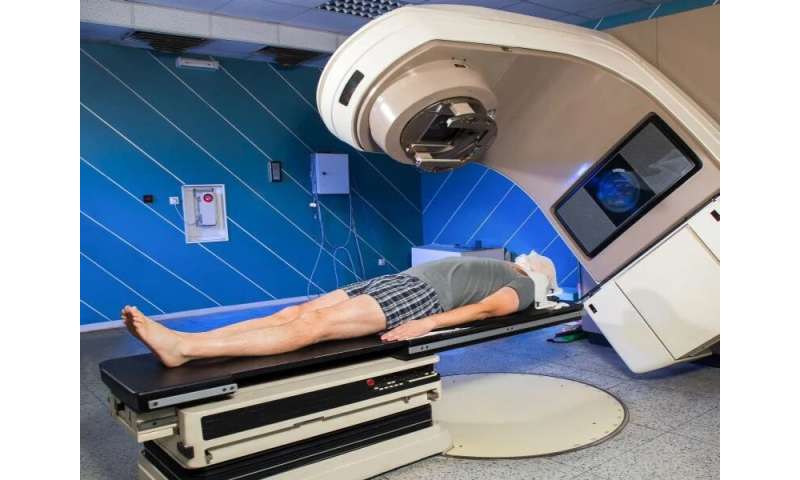
(HealthDay)—Cancer patients who need radiation therapy shouldn’t let fear of COVID-19 delay their treatment, one hospital study suggests.
Over six days in May, during the height of the pandemic in New Jersey, surfaces in the radiation oncology department at Robert Wood Johnson University Hospital in New Brunswick, N.J., were tested for COVID-19 before cleaning.
Of 128 samples taken in patient and staff areas and from equipment, including objects used by a patient with COVID-19, not one was positive for SARS-CoV-2, the virus that causes COVID-19, the study found.
Patients can be reassured that surface contamination is minimal and necessary cancer treatment can go forward safely, said lead researcher Dr. Bruce Haffty, chairman of radiation oncology at Rutgers Cancer Institute in New Brunswick.
“Cancer care should and must continue in a COVID pandemic, and it can be delivered safely and effectively with minimal risk of acquiring a COVID infection from the radiation oncology environment, provided routine measures like mask-wearing, hand-washing, distancing and screening are in place and adhered to,” Haffty said.
The study does have some limitations: Because of the nature of environmental sampling, 100% of a surface could not be swabbed for analysis. And no air samples were taken. But Haffty said that because no virus was found on surfaces, it’s doubtful that any virus was present in the air.
“An important thing is that we did this testing before cleaning crews came in at the end of the day when there had been all kinds of traffic with patients and staff moving back and forth,” he said.
Patients and staff routinely wore masks, maintained social distance and washed their hands often, which is probably why no virus was found, Haffty said.
Patients also were screened on arrival with temperature checks and questioned about virus symptoms, he added.
Dr. Anthony D’Amico is chief of radiation oncology at Brigham and Women’s Hospital in Boston. He said, “This study corroborates what we have found.”
Overall, his hospital’s infection rate is 2%, while that in the community next to the hospital is 9%, D’Amico said. But where there are people with lots of underlying conditions and less access to health care, the infection rate is 33%, he said.
“Hospitals seem to be safer right now than public settings—protocols that people are using are working,” D’Amico said.
The takeaway: Patients need not put off treatment out of concern that they could be infected in the hospital.
“We have told patients not to delay radiation because of COVID-19, because cancer can be more life-threatening than COVID,” he said.
D’Amico’s hospital treats patients diagnosed with COVID-19 who need radiation before other patients arrive in the morning. The department is cleaned after they leave and at the end of the day after all other patients have gone, he said.
Patients with COVID-19 symptoms must test negative before undergoing screening tests like mammography and colonoscopy, D’Amico added.
In the waiting room, patients and staff wear masks and maintain distancing. Patients’ temperatures are taken and they are asked about any symptoms, he said.
“Patients should feel safe that the person sitting next to them in a waiting room has been properly screened,” D’Amico said.
Source: Read Full Article
